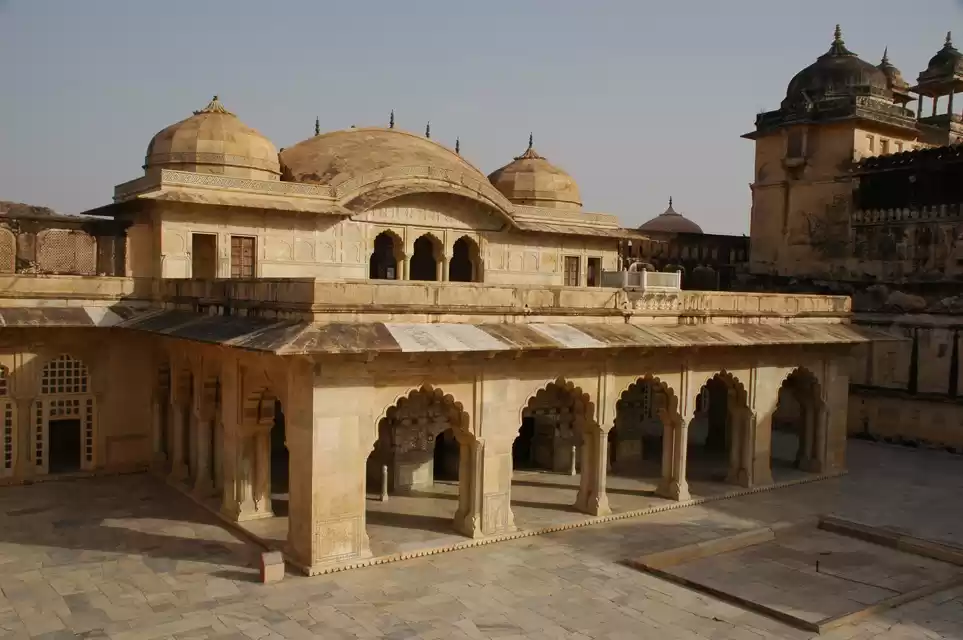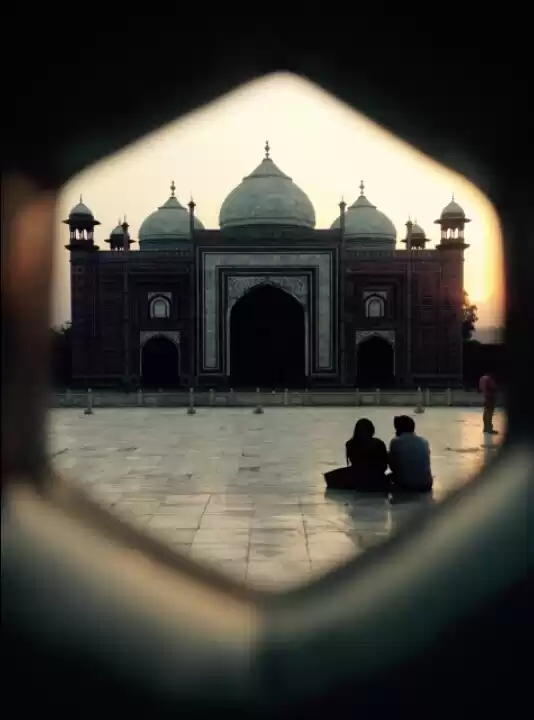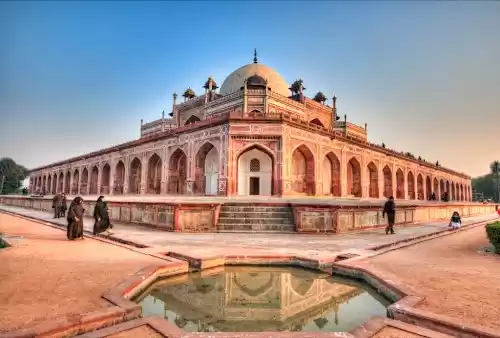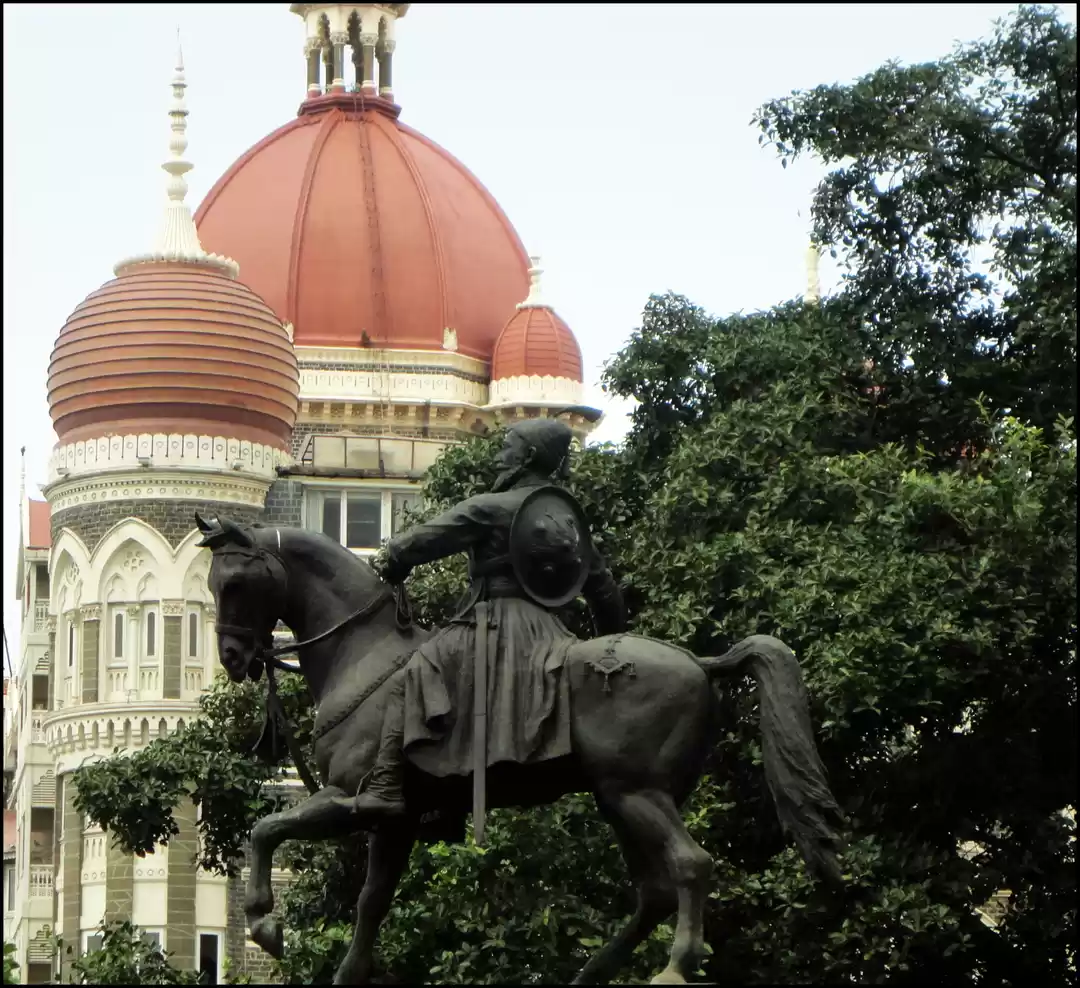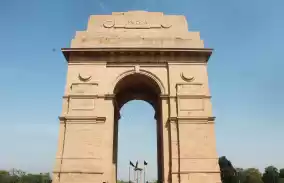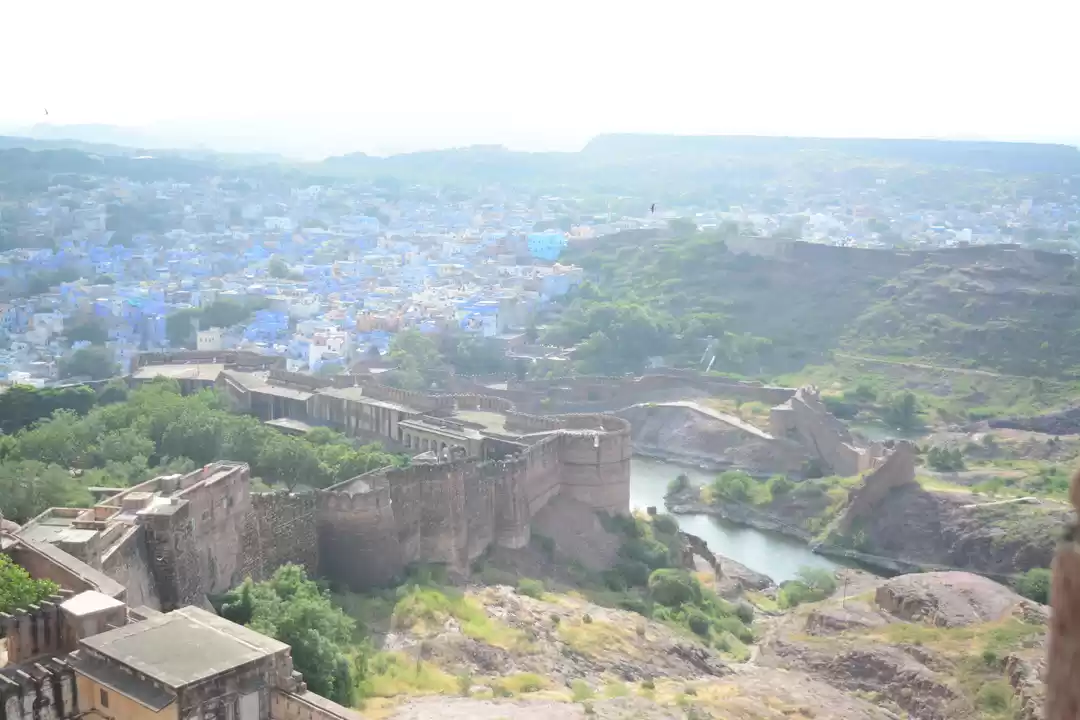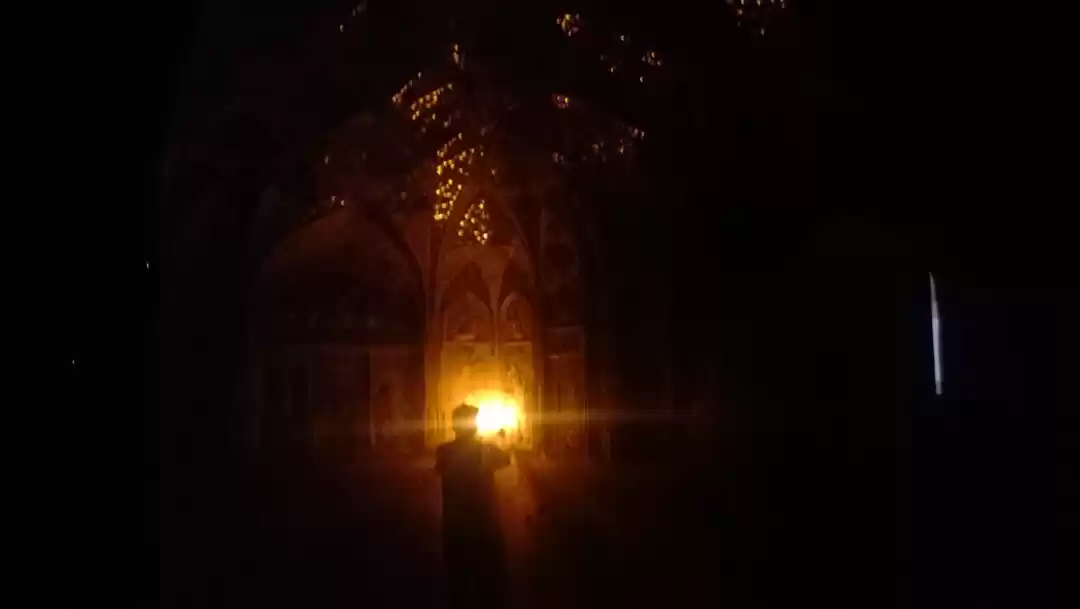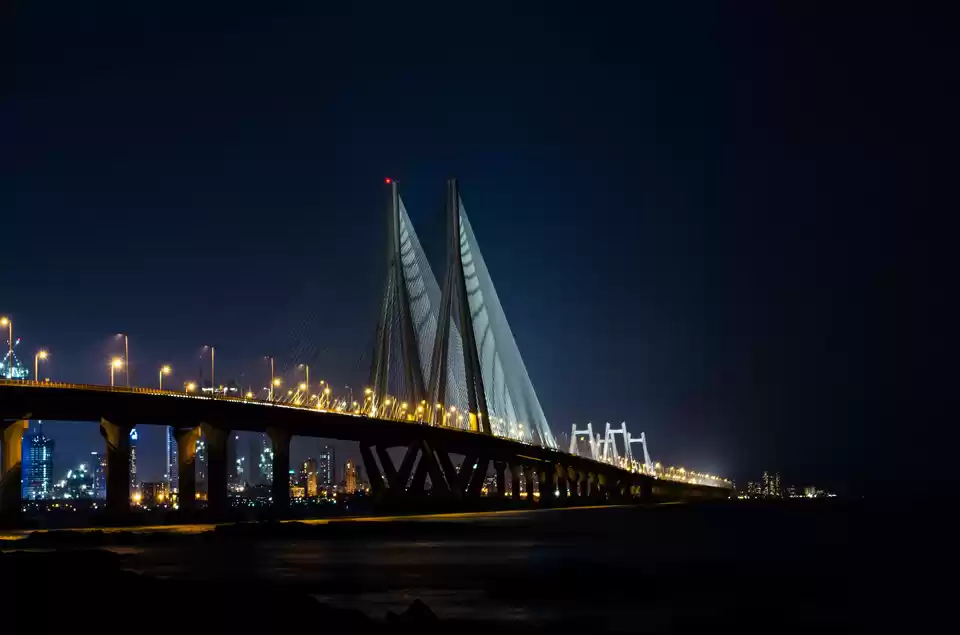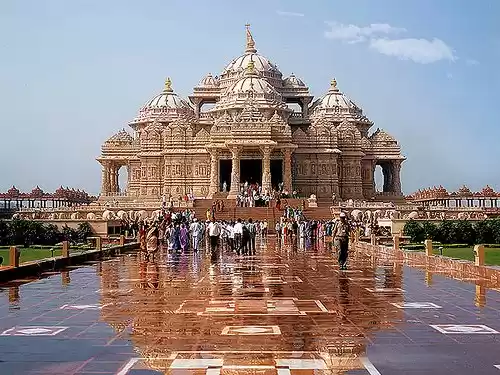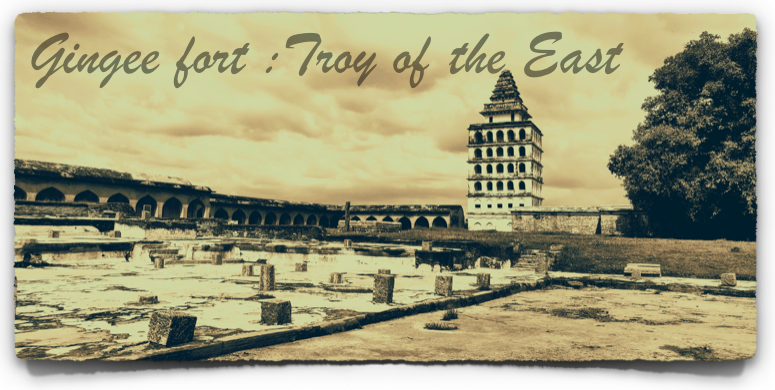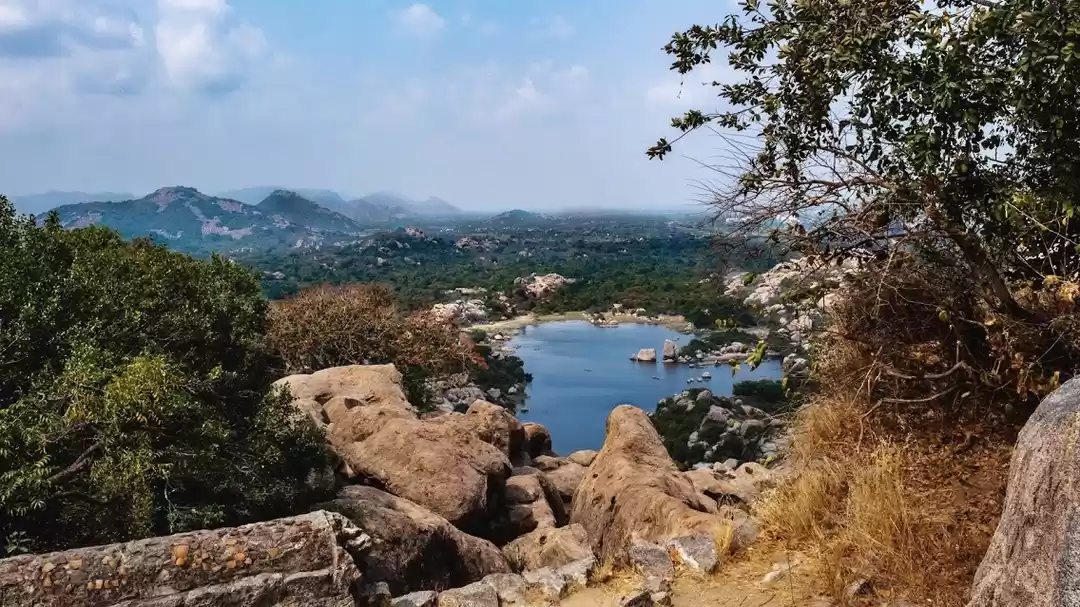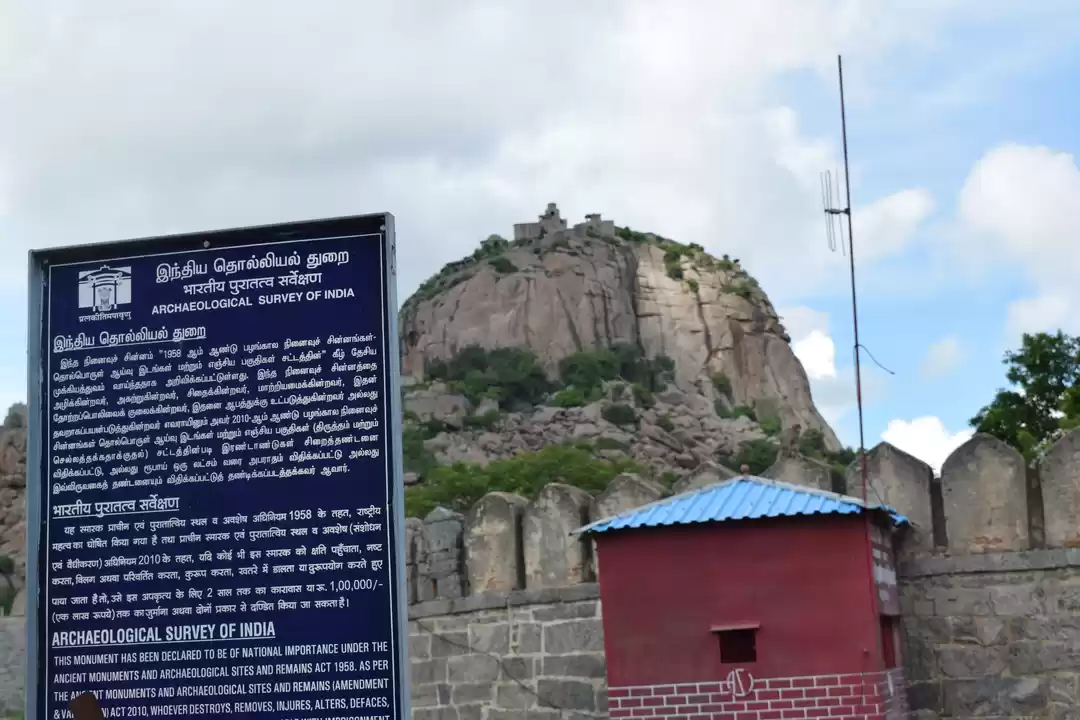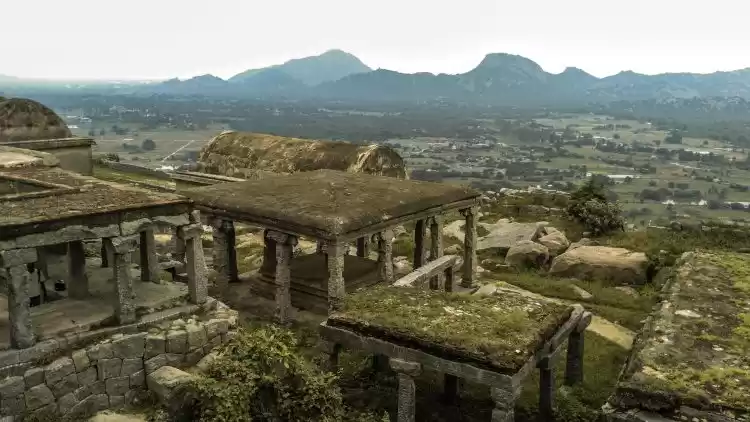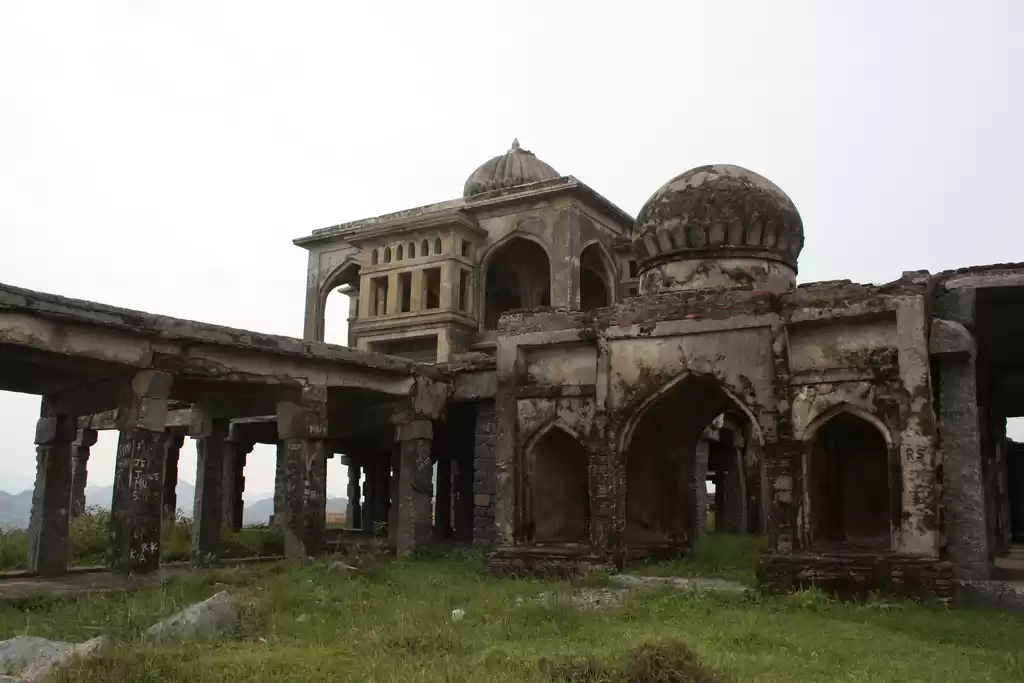Have you ever heard of Gingee Fort? If not, you are missing out on one of the most amazing and underrated destinations in India. Gingee Fort, also known as Senji Fort or Chenji Fort, is a massive fort complex that spans over three hills in the Thiruvannamalai district of Tamil Nadu. It is often called the “Troy of the East” or the “Fortress of a Thousand Pillars” for its strength and beauty.
Gingee Fort has a long and fascinating history that dates back to the 9th century AD, when it was built by the Chola dynasty. It has witnessed the rise and fall of many empires and kingdoms, such as the Vijayanagara, the Nayaks, the Marathas, the Mughals, the French, and the British. It has also seen some of the most epic battles and sieges in Indian history, such as the one by Shivaji, the founder of the Maratha Empire, who called it the “most impregnable fortress in India”.
Gingee Fort is not just a historical monument, but also a marvel of architecture and engineering. It consists of three citadels, named Rajagiri, Krishnagiri, and Chandrayandurg, each located on a different hill and connected by walls and moats. Within the fort, there are numerous temples, palaces, granaries, ponds, audience halls, and gates, each with its own significance and style. The fort also offers spectacular views of the surrounding countryside and the hills.
If you are looking for a unique and adventurous destination in Tamil Nadu, Gingee Fort is the place for you. In this article, we will tell you everything you need to know about this magnificent citadel, from its history to its attractions, and how to plan your visit to this hidden gem of Tamil Nadu.
History of Gingee Fort
The history of Gingee Fort is as complex and intriguing as its architecture. The fort was originally built by the Chola dynasty in the 9th century AD, as a small hill fort on the Rajagiri hill. The fort was later expanded and developed by the Vijayanagara Empire in the 14th century AD, who made it their capital and named it Senji. The fort became a symbol of their power and glory, and was adorned with many temples and monuments.
The fort changed hands several times over the centuries, as different dynasties and rulers fought for its control. The most notable among them were the Nayaks, who ruled the fort from the 16th to the 18th century AD, and made it their stronghold. They added many structures and fortifications to the fort, such as the Kalyana Mahal, the Ranganatha Temple, and the Venkataramana Temple. They also built two more citadels, Krishnagiri and Chandrayandurg, on the adjacent hills, to enhance the defense of the fort.
The fort also faced many attacks and sieges from various enemies, such as the Deccan Sultanates, the Mughals, the Marathas, the French, and the British. The most famous of these was the siege by Shivaji, the founder of the Maratha Empire, in 1677 AD. Shivaji, who was impressed by the fort’s strength and beauty, laid siege to the fort for eight years, and finally captured it in 1684 AD. He called it the “most impregnable fortress in India”, and appointed his son Rajaram as the governor of the fort.
The fort remained under the Maratha rule until 1698 AD, when it was captured by Zulfikar Khan, the general of the Mughal Emperor Aurangzeb. The fort was then transferred to the French in 1750 AD, who used it as their military base and headquarters. The fort was finally taken over by the British in 1761 AD, who dismantled some of the structures and cannons of the fort, and abandoned it.
The fort was neglected and forgotten for a long time, until it was declared a national monument and a heritage site by the Archaeological Survey of India in 1921 AD. The fort was then restored and preserved, and opened to the public as a tourist attraction.
Architecture of Gingee Fort
The architecture of Gingee Fort is a blend of various styles and influences, reflecting the diversity and the legacy of its rulers and periods. The fort covers an area of about 11 square kilometers, and is located on three hills, Rajagiri, Krishnagiri, and Chandrayandurg. The fort is surrounded by walls and moats, and has seven gates, each with its own name and design.
The main citadel of the fort is Rajagiri, which is situated on the highest and the largest hill, at an elevation of about 800 meters. It is the oldest and the most important part of the fort, and contains many monuments and structures, such as the Kalyana Mahal, the Ranganatha Temple, the Kamalakkani Temple, the granaries, the ponds, the audience hall, and the prison. The citadel also has a watch tower, from where one can get a panoramic view of the entire fort and the surroundings.
The second citadel of the fort is Krishnagiri, which is located on the hill opposite to Rajagiri, at an elevation of about 700 meters. It is the newest and the smallest part of the fort, and was built by the Nayaks in the 17th century AD. It contains a few structures, such as the Krishnagiri Temple, the granaries, and the ponds. The citadel also has a cannon, which was used to fire at the enemies.
The third citadel of the fort is Chandrayandurg, which is located on a hill to the north of Rajagiri, at an elevation of about 600 meters. It is the most isolated and the least accessible part of the fort, and was built by the Nayaks in the 17th century AD. It contains a few structures, such as the Chandramouleshwara Temple, the granaries, and the ponds. The citadel also has a secret tunnel, which was used to escape from the fort in case of emergency.
The fort also has some attractions outside the walls, such as the Rajagiri Fort, the Kalyana Mahal, the Ranganatha Temple, the Venkataramana Temple, the Mel Sithamur Jain Math, and the Thiruvannamalai Arunachaleswarar Temple. These are some of the places of interest near the fort, which we will discuss in the next section.
Things to Do at Gingee Fort
Gingee Fort is not just a place to see, but also a place to do. There are many activities and attractions that one can enjoy at the fort, such as:

Trekking:
One of the most exciting and adventurous things to do at the fort is to trek up the hills and explore the citadels. The trek is challenging and rewarding, as one has to climb steep slopes, rocky paths, and narrow stairs, and cross bridges and moats. The trek also offers stunning views of the fort and the landscape, and a chance to witness the sunrise or the sunset from the top of the hills.
The trek can take anywhere from two to four hours, depending on the speed and the stamina of the trekkers. It is advisable to wear comfortable shoes, carry water and snacks, and start early in the morning or late in the afternoon to avoid the heat and the crowd.
Photography:
Another thing to do at the fort is to capture its beauty and charm in photographs. The fort is a photographer’s paradise, as it has many scenic spots, such as the temples, the palaces, the ponds, the walls, the gates, and the cannons.
The fort also has many natural elements, such as the hills, the rocks, the trees, the flowers, and the birds. The fort also offers different perspectives and angles, depending on the time of the day and the season of the year. The fort is especially photogenic during the golden hour, when the sun casts a warm glow on the fort and the surroundings.

Sightseeing:
Another thing to do at the fort is to see and learn about its history and culture. The fort has many monuments and structures that tell the story of its past and present, such as the Kalyana Mahal, the Ranganatha Temple, the Kamalakkani Temple, the granaries, the ponds, the audience hall, and the prison.
The fort also has many signs and plaques that explain the significance and the details of each structure. The fort also has a museum, which displays some of the artifacts and relics found at the fort, such as coins, weapons, pottery, and sculptures.
Exploring:
Another thing to do at the fort is to explore its hidden and mysterious aspects. The fort has many secrets and surprises that await the curious and the adventurous, such as the watch tower, the cannon, the secret tunnel, and the underground chamber. The fort also has many legends and myths that add to its mystique and allure, such as the story of the snake goddess Kamalakkani, who is said to protect the fort, or the story of the ghost of Rajaram, who is said to haunt.

Experiencing:
Another thing to do at the fort is to experience its culture and heritage. The fort has many festivals and events that celebrate its history and traditions, such as the Gingee Fort Festival, Shivaji Jayanti, Ranganatha Swamy Car Festival, and Kamalakkani Amman Festival.
The fort also has many performances and shows that showcase its art and music, such as the folk dances, the puppet shows, the martial arts, and the musical instruments. The fort also has many shops and stalls that sell its handicrafts and souvenirs, such as the pottery, the paintings, the sculptures, and the jewellery.
How to Reach Gingee Fort
Gingee Fort is easily accessible from different locations, such as Chennai, Bangalore, Pondicherry, or Thiruvannamalai, by various modes of transport, such as car, bus, train, or flight.
By car:
The best and the most convenient way to reach the fort is by car, as it gives you the flexibility and the comfort to travel at your own pace and time. The fort is about 160 km from Chennai, 220 km from Bangalore, 70 km from Pondicherry, and 40 km from Thiruvannamalai, and can be reached by taking the NH 77 or the NH 66. The road is well-maintained and scenic, and passes through many villages and towns. The journey can take anywhere from three to five hours, depending on the traffic and the stops.
By bus:
Another way to reach the fort is by bus, as it is cheap and convenient. There are many buses that ply from Chennai, Bangalore, Pondicherry, or Thiruvannamalai to Gingee, and vice versa, at regular intervals. The buses are operated by both the government and the private agencies, and have different types and classes, such as ordinary, deluxe, or luxury. The bus fare can range from 100 to 500 rupees, depending on the type and the distance. The bus journey can take anywhere from four to six hours, depending on the traffic and the stops.
By train:
Another way to reach the fort is by train, as it is fast and comfortable. There are many trains that run from Chennai, Bangalore, Pondicherry, or Thiruvannamalai to Tindivanam, which is the nearest railway station to the fort, and vice versa, at regular intervals. The trains are operated by the Indian Railways, and have different types and classes, such as express, superfast, or mail.
The train fare can range from 50 to 300 rupees, depending on the type and the distance. The train journey can take anywhere from two to four hours, depending on the speed and the stops. From Tindivanam, one can take a bus, a taxi, or an auto rickshaw to reach the fort, which is about 30 km away.
By flight:
The last way to reach the fort is by flight, as it is the fastest and the most expensive way. There are many flights that fly from Chennai, Bangalore, or Pondicherry to Tiruchirappalli, which is the nearest airport to the fort, and vice versa, at regular intervals.
The flights are operated by both the domestic and the international airlines, such as Air India, IndiGo, SpiceJet, or AirAsia. The flight fare can range from 2000 to 10000 rupees, depending on the airline and the season. The flight journey can take anywhere from one to two hours, depending on the distance and the stops. From Tiruchirappalli, one can take a bus, a taxi, or a car to reach the fort, which is about 150 km away.
Places of Interest Near Gingee Fort
Gingee Fort is not only a destination in itself, but also a gateway to many other places of interest near it. There are many attractions that one can visit near the fort, such as:

Rajagiri Fort:
This is another fort that is located on a hill adjacent to the Rajagiri citadel of the Gingee Fort. It is also known as the Lower Fort, as it is lower in elevation and smaller in size than the Gingee Fort. It was built by the Nayaks in the 17th century AD, and was used as a military outpost and a prison. It contains a few structures, such as the Durbar Hall, the Elephant Tank, and the Sad-At-Ulla Khan Mosque. It also offers a splendid view of the Gingee Fort and the surroundings.
Kalyana Mahal:
This is a palace that is located near the Rajagiri Fort, and was built by the Nayaks in the 17th century AD. It is also known as the Wedding Hall, as it was used for the royal weddings and ceremonies. It is a fine example of the Indo-Islamic architecture, and has a rectangular plan and a pyramidal roof. It contains a central hall, a courtyard, and a fountain. It also has a garden and a pond around it.

Ranganatha Temple:
This is a temple that is located near the Rajagiri Fort, and was built by the Nayaks in the 17th century AD. It is dedicated to Lord Ranganatha, a form of Lord Vishnu, and is one of the largest and the oldest temples in the fort. It has a Dravidian style of architecture, and has a gopuram, a mandapa, a sanctum, and a vimana. It also has many sculptures and paintings of the deities and the scenes from the epics. It is a popular pilgrimage site and a place of worship for the Hindus.
Venkataramana Temple:
This is a temple that is located near the Krishnagiri Fort, and was built by the Nayaks in the 17th century AD. It is dedicated to Lord Venkataramana, another form of Lord Vishnu, and is one of the most beautiful and the best-preserved temples in the fort. It has a Vijayanagara style of architecture, and has a gopuram, a mandapa, a sanctum, and a vimana. It also has many sculptures and paintings of the deities and the scenes from the epics. It is a popular pilgrimage site and a place of worship for the Hindus.

Mel Sithamur Jain Math:
This is a Jain monastery that is located near the Chandrayandurg Fort, and was built by the Pallavas in the 9th century AD. It is one of the oldest and the most important Jain centers in Tamil Nadu, and is the headquarters of the Tamil Jains. It contains a temple, a library, a museum, and a school. It also has many idols and manuscripts of the Jain Tirthankaras and the scriptures. It is a popular pilgrimage site and a place of learning for the Jains.

Thiruvannamalai Arunachaleswarar Temple:
This is a temple that is located in the town of Thiruvannamalai, which is about 40 km from the Gingee Fort. It is one of the most sacred and the largest temples in India, and is dedicated to Lord Shiva, who is worshipped as Arunachaleswarar or the Lord of the Fire Mountain. It is one of the five Pancha Bhoota Sthalas, where Lord Shiva is worshipped as one of the five elements of nature, namely fire. It has a Chola style of architecture, and has four gopurams, five prakarams, nine mandapas, and a thousand-pillared hall. It also has a huge lingam, which is the main idol of the temple, and a sacred hill, which is considered to be the manifestation of Lord Shiva. It is a popular pilgrimage site and a place of worship for the Hindus, especially during the Karthikai Deepam festival, when a huge fire is lit on the top of the hill.
Best Time to Visit Gingee Fort
The best time to visit Gingee Fort is from October to March, when the weather is pleasant and cool, and the fort is green and lush. This is also the time when the fort hosts many festivals and events, such as the Gingee Fort Festival, the Shivaji Jayanti, the Ranganatha Swamy Car Festival, and the Kamalakkani Amman Festival, which add to the charm and the excitement of the fort.
The fort is open from 9 am to 5 pm, every day except Friday, and the entry fee is 25 rupees for Indians and 300 rupees for foreigners.

Tips for Visiting Gingee Fort
Here are some tips and advice for visiting Gingee Fort, to make your trip more enjoyable and memorable:
1. Wear comfortable clothes and shoes, as the fort involves a lot of walking and climbing.
2. Carry water and snacks, as the fort does not have many shops or restaurants nearby.
3. Carry a hat, sunglasses, and sunscreen, as the fort can get very hot and sunny during the day.
4. Carry a camera, binoculars, and a guidebook, as the fort has many scenic and historic spots to capture and explore.
5. Hire a guide, or join a group tour, as the fort has many stories and secrets that are best explained by an expert.
6. Respect the culture and the religion of the fort, and do not litter or damage the monuments and structures.
7. Enjoy the fort, and have a great time!
Gingee Fort is a treasure trove of history, culture, and adventure, and a must-visit destination for anyone who loves forts and heritage. It is one of the most ancient and impressive forts in India, with a rich history and a stunning architecture. It has three citadels, each with its own monuments and structures, and many attractions and activities to enjoy.
It is also a gateway to many other places of interest near it, such as the Rajagiri Fort, the Kalyana Mahal, the Ranganatha Temple, the Venkataramana Temple, the Mel Sithamur Jain Math, and the Thiruvannamalai Arunachaleswarar Temple. It is a perfect destination for anyone who loves forts and heritage, and wants to experience the culture and the adventure of Tamil Nadu.
We hope this article has given you a comprehensive and informative guide to Gingee Fort, and has inspired you to visit this hidden gem of Tamil Nadu.
If you have any questions, comments, or feedback, please feel free to leave them below. We would love to hear from you. Thank you for reading, and happy travels!





















